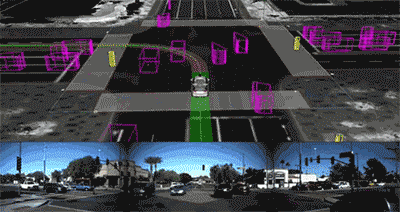
In December of last year, Uber piloted a driverless taxi in downtown San Francisco. Passengers can test these computer-driven cars, but some engineers believe that if these self-driving cars can be run in virtual reality, It may be better not to study in the real streets.
It is well-known that companies like Toyota, Uber and Waymo have launched unmanned vehicles in some cities for testing, but it is not known that they did the same thing in the simulated environment of these cities: virtual cars in virtual cities Thousands of hours have been tested in the scene.
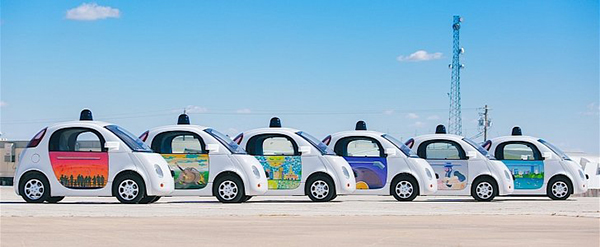
This is a good way to find the operational deficiencies of self-driving cars without compromising people's safety. If something goes wrong in the simulation driving, engineers can make adjustments accordingly and formulate new operating rules. Earlier last week, Google and its own car brand, Waymo, also announced to reporters at the test center in California's Central Valley that their newly developed unmanned vehicle simulation tester.
At the same time, developers are still exploring new ways to allow self-driving cars to learn autonomously in these VR environments, even learning faster than engineers' software code. “The VR simulator is really amazing!†said Gill Pratt, CEO of Toyota Research Institute. The institute is also exploring the possibility of VR technology providing virtual training for self-driving cars and artificial intelligence.
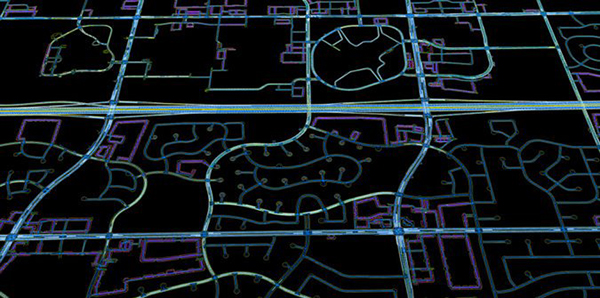
These methods accelerate the development of self-driving cars through "machine learning" techniques. When Google introduced the world's first self-driving car ten years ago, engineers built most of the programs and carefully programmed each subtle behavior. . Now with the increase in technological capabilities, auto-driving car manufacturers are trying to use more sophisticated programming to let autonomous vehicles learn, such as recognizing pedestrians on the road or predicting future events.
Luc Vincent, who works for Lyft, said: "That's why our development is so fast. When Google first started developing self-driving cars 10 years ago, such technology did not exist." As Uber's main competitor, Lyft has also recently Just started a self-driving car project.
Of course, there are still some problems in this research. The most noteworthy thing is that since these algorithms can analyze more information than any manual setting, it is sometimes difficult to judge the decisions they make through calculations, and even less to understand them. Why do they make specific decisions. But there is no doubt in the future that "machine learning" is crucial for the continuous development of self-driving vehicles.

After more than ten years of research, development, and testing, Google has also put its auto-driving car finished products on the streets of Arizona as public transportation. Waymo, its subsidiary, is also preparing to set up a taxi service in Phoenix. Unlike its predecessor, the driver will be used as a backup to assist autonomous driving. However, this service will still be subject to strict restrictions.
Currently, if the driver is not equipped, all self-driving vehicles will be confined to traffic areas with good road conditions and no rainfall. It is also stipulated that the vehicle must travel at a low speed and it usually takes longer to face traffic lights.

Some leading companies in the industry believe that after continuous development and testing, these self-driving cars will be better handled in the face of more complex roads in the future, and advanced processors can also provide them with more detailed knowledge of the world around them and machine learning. Interpretation.
Waymo, like many of his competitors, is also one of their research projects for deep neural networks. This complex algorithm can learn from the main data by analyzing data. For example, learn to recognize pedestrians by analyzing pedestrian images. This algorithm also helps autopilot cars to identify landmarks and vehicle arrival markers, predict what will happen in the future, and plan the route ahead.
But this requires a large number of sensors such as cameras and radars to collect data to calculate the real-world objects and conditions. Engineers must mark these data, which are used to identify pedestrians and which are used to identify street signs, etc. It is not possible to collect each data label. The emergence of VR simulators has improved this phenomenon.
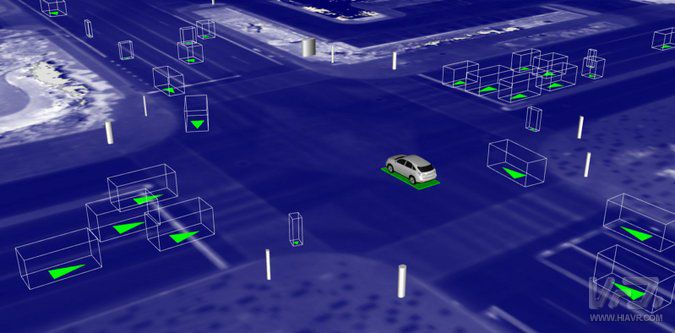
Recently, Waymo released a road simulator called Carcraft, and the company later said that this simulator can provide auto-driving car testing methods that are not possible in the real world. It is speculated that Waymo is exploring new ways of learning that this simulator can bring to its algorithms.
Similarly, Toyota has long used simulated roads to train system neural networks, and has achieved very positive results.
In general, VR simulators are very similar to the real world and are reliable enough to train and operate these self-driving car systems. One of the great advantages is that researchers can fully control it without spending a lot of time categorizing the data. "You have full facts. You know where every pedestrian in each car is, and even the weather is controllable," Pratt said.
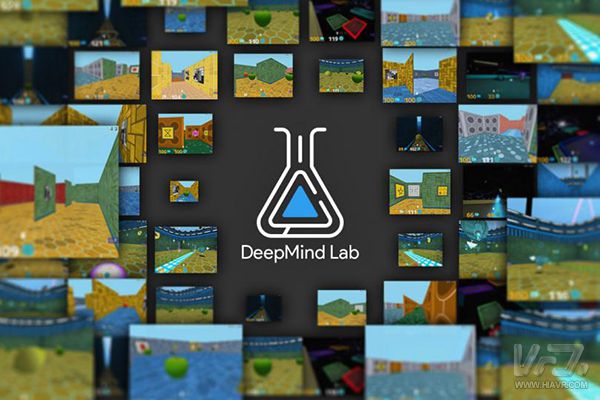
However, there is a more sophisticated approach that is prevalent in the industry - "reinforcing learning." This is a major research project in the world including top artificial intelligence labs such as Google’s DeepMind Labs, Berkeley AI Labs and OpenAI created by Tesla CEO Elon. These laboratories build more complex algorithms The test allows the machine to perform learning tasks in the virtual world.
Among them, DeepMind has created a Go robot that can defeat any humans through this technology. In fact, this robot conducts self-defense against thousands of Go, records data from it, and learns on its own. Now, DeepMind and other labs are also planning to use similar technologies to build robots that can play complex games like Starcraft.
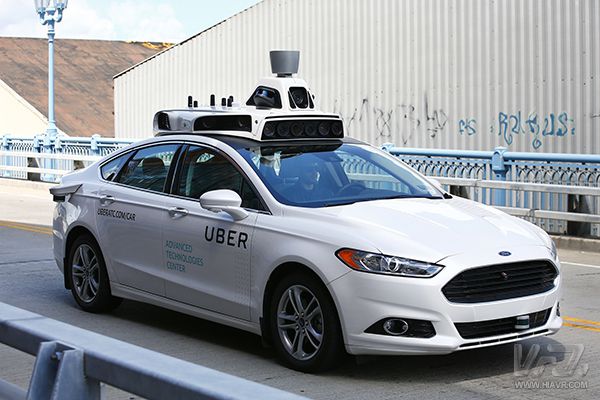
This may seem boring, but if a self-driving car can safely navigate in a virtual world, it also means that it can do the same in the physical world. For example, in Uber's self-driving car project, researchers created a system that uses the game "GTA" to train, and apply the resulting data to the real world. It is also planned to add physical orientation to the training system.
However, it is not easy to bridge the gap between the virtual and physical worlds. What's more, technology companies must also ensure that machines do not suffer from other incidents while they are learning independently. This is also one of the biggest concerns of researchers in the field of artificial intelligence.
Due to these factors, companies like Toyota and Waymo, in addition to building cars through "machine learning," will also manually program in the traditional way to avoid accidents. For example, Waymo cars do not have to learn to park at the traffic lights themselves, but instead become artificially forced to park in the appropriate position.
The industry is currently moving toward more "machine learning," which provides a better way to train autonomous vehicles. According to Dmitri Dolgov, Waymo's vice president of engineering, "Robots and "machine learning" technologies always complement each other. This is especially important when autonomous vehicles need a deeper understanding of the surrounding environment."
This article is original by VR net, please indicate VR net and chain back.